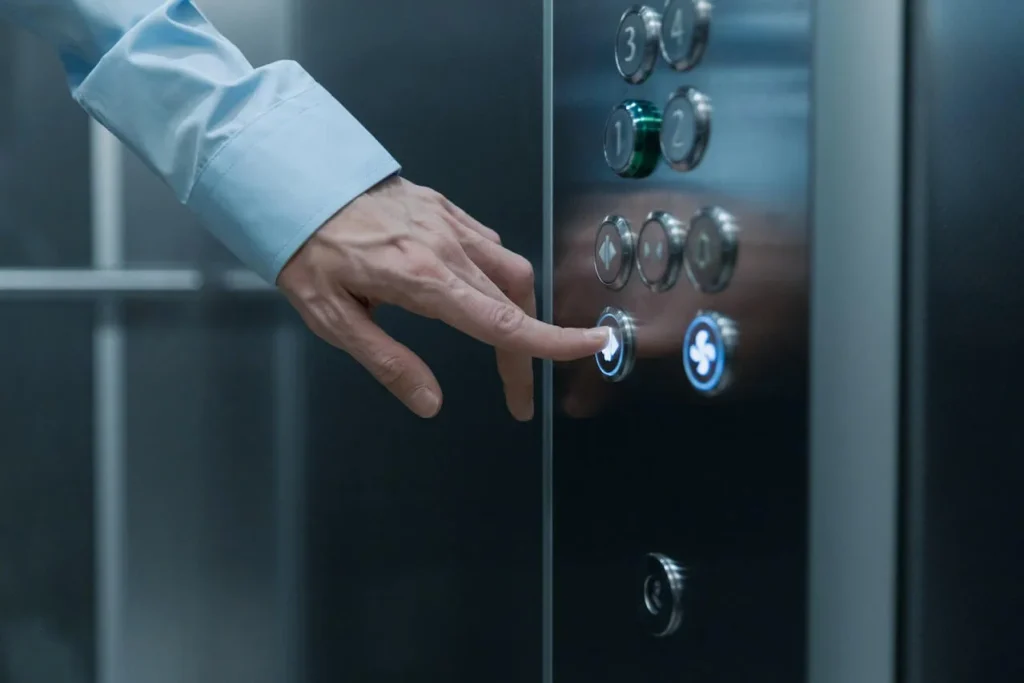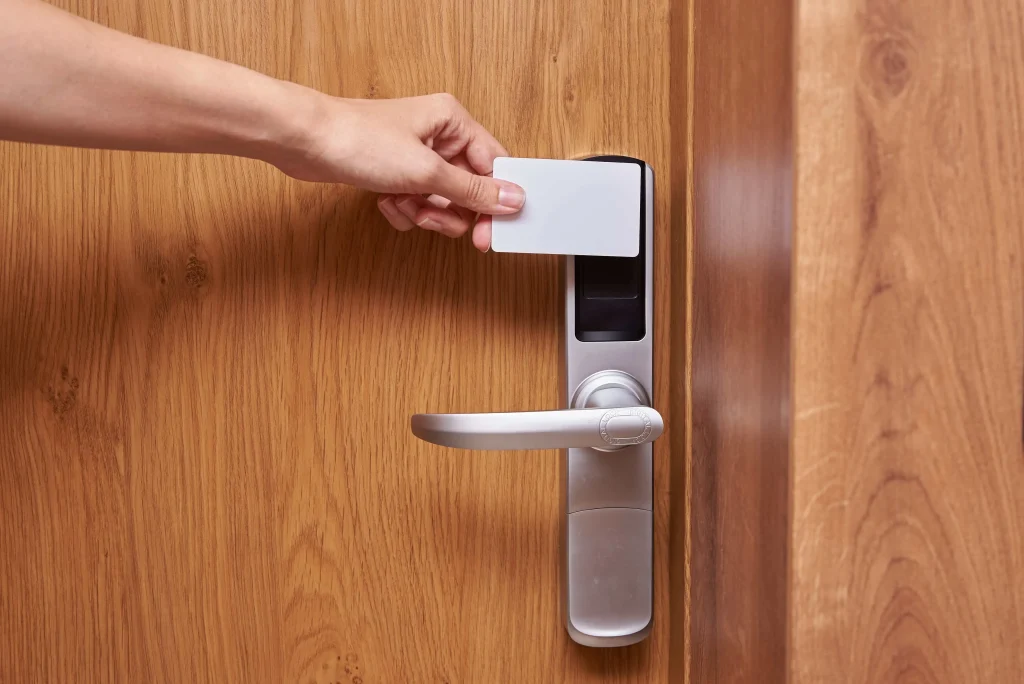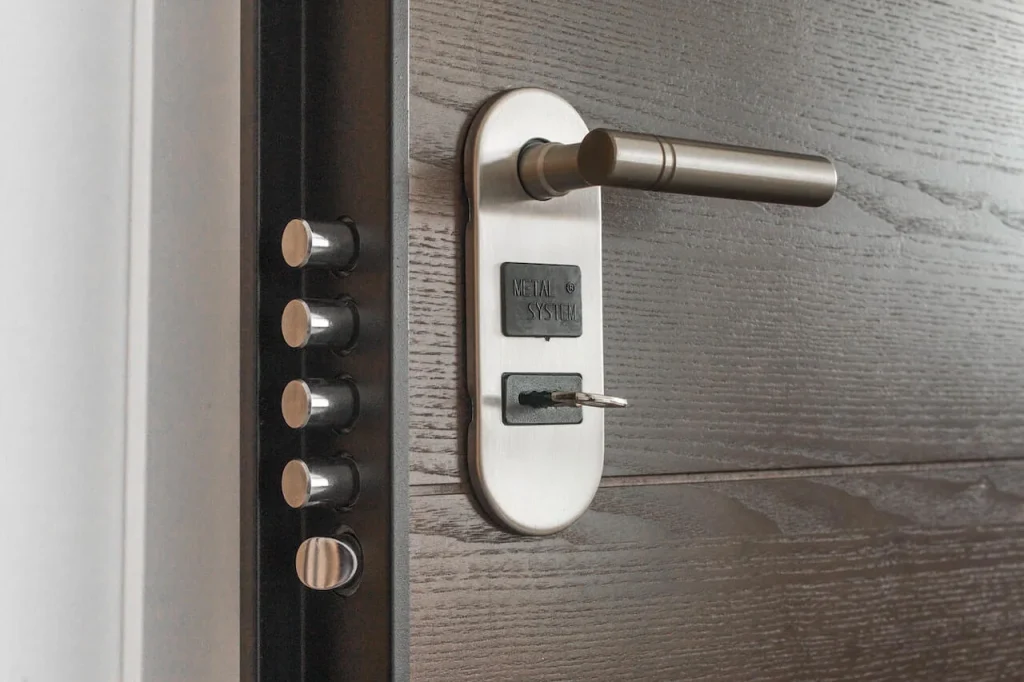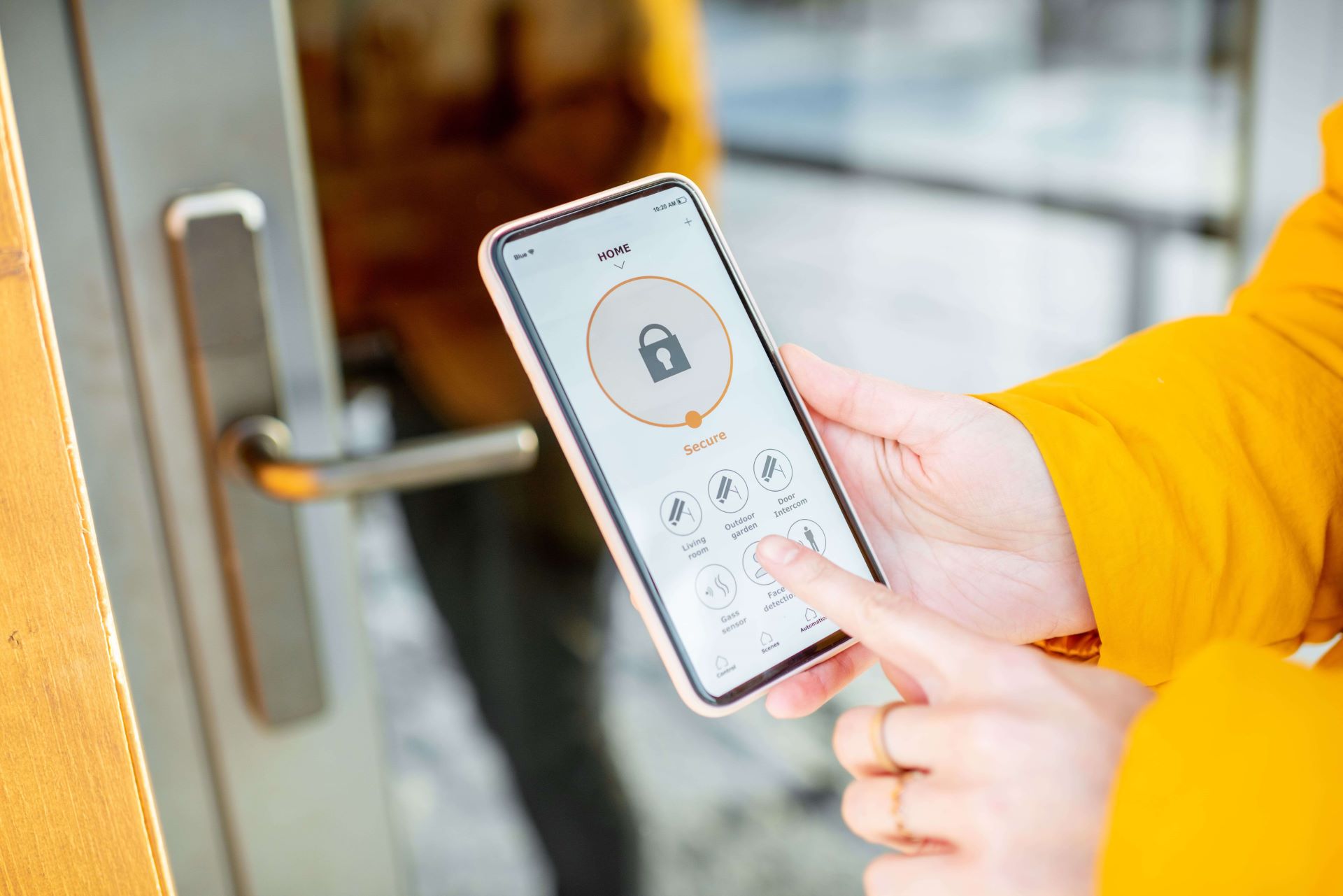COVID-19 and global outbreaks have altered the game in terms of security. Individuals no longer like to grab public doorknobs, hit elevator buttons, or scan a proximity card reader for a system of access control. Card swipers, electronic locks, and physical contact are still used in contemporary systems that control access. Nevertheless, every part of our life is continuously changing, and the future calls for touchless access control systems for a smarter approach to gain access to your RFO House and Lot or building. As a result, it is logical to invest in modern touchless access control solutions while also understanding the key advantages of using such systems in your space.

Touchscreens have long been a convenient and user-friendly way to handle conference room equipment as well as other audiovisual devices. Still, in the age of COVID, touchless options like gesture and voice-controlled devices are gathering favor. The world really needs contactless access control innovation, and this is especially true as the epidemic continues. Many sectors have had to adjust and modify their business models. Corporations are hurrying to create this breakthrough, which implies that the world will gain from this competition to develop.
Curious, aren’t you? Well… only one way to find out!
What Are Touchless Access Systems?

Touchless access control is a type of access control in which a user does not have to initiate physical touch with or enter their identity into a reader to be able to get door admission. Consider the standard key-and-lock setup. To execute a function, the technology recognizes your motions, facial characteristics, or voice using sensors. AI systems, such as the iPhone Siri or Alexa, employ voice-based technologies. The technique uses Automatic Speech Recognition (ASR) to understand speech, which is a system that enables humans to interface with computers via voice. You may also be interested in face recognition software or gesture control. In the case of gesture, as the name implies, you use gestures to operate and connect with the gadget without really touching it. This technology interprets sign language using a computer vision algorithm to finish the action.
Contagious infections, meanwhile, can be spread via common surfaces such as door locks and knobs, as many of us learned during the COVID-19 epidemic. While several organizations modified their locking mechanisms for improved security during COVID-19, they discovered that wireless access control provided numerous additional benefits. Today’s technical advancements, such as wireless connectivity and Bluetooth, have made traditional keys and locks outdated.
How Does a Touchless Access Control System Work?

Touch-free access control operates by generating a touch-free link between someone’s credential and the credential sensor of the system that controls access. The system then transmits the credential data to the control panel for verification before unlocking the door, allowing entry to the building or RFO House and Lot without any physical touch. Touchless access systems use a diverse range of technologies. Readers can link to identities through Bluetooth, radio, or the web.
Is Investing in a Touchless Access System Worth It?
The answer is yes! Whatever form of touchless access control you choose for your facility, your employees, renters, and guests will benefit. Touchless access control seems to be more comfortable, easier to administer, and safer for all individuals.
Almost all businesses pass various sorts of individuals through their doors, whether they are staff, delivery persons, or clients and guests. As buildings progressively reopen to accommodate more individuals, building owners should consider installing touchless entry systems if they haven’t already. Apart from protecting health and safety in the middle of the continuing epidemic, doing so is another step toward future-proofing the building and ensuring that it meets ever-changing security needs while also being prepared to face health concerns such as COVID-19.

What Are the Benefits of Touchless Access?
1. More Practical
Holding a card up to a scanner is considerably easier than fumbling about with a key. Much more handy than a keycard system is a smartphone system that allows tenants to acquire entry with the tap of a smartphone.
Certain systems, such as Siri and Alexa, even permit individuals to open doors with voice control. A hands-free entry control system would be appreciated by residents returning with armfuls of goods.
2. Administration is Simplified.
Typical key-based methods are inefficient and waste time. On the other hand, touch-free systems for access control replace obsolete keys with quicker and simpler credentials.
Pick a good touchless access control with an internet interface to get the most simplified experience. As a result, you and your employees will have access to an audit record of all door release occurrences and will be able to rapidly adjust access rights for tenants. This is more convenient — and less expensive — than going out and having keys pushed and repressed when residents move out or lose theirs.

3. Increased Security
With this technology, individuals will be protected in two ways if you install a touch-free entry system.
Firstly, the audit process of time- and date-stamped photographs in the system enables personnel to properly track who enters the premises.
Secondly, touchless access solutions limit the number of common surfaces that inhabitants, guests, and employees must touch. This helps to keep bacteria and illness at bay.
4. It Has the Potential to Save You Money
Individuals had to keep keys that needed to be cut to suit specific locks in an old lock and key system. If you operate a facility with many doors, workers may carry various keys, which might simply be misplaced or stolen, necessitating the creation of new keys as well as the replacement of door locks. Changing locks and keys may rapidly become costly.
You may control access with an access control system via your administration software. Rather than restoring missing or stolen keys and locks, just disable entry to the key fob, or key card, or revoke access to a user’s PIN code.
Another cost-cutting advantage is having greater control over parts of your facility where suspected theft might occur. Not only do you have control over who visits each area of your facility, but possessing a visual access control system in place serves as a deterrent to crime, saving you money in the long run.
Touchless Access in your Home
Touchless access isn’t just limited to business, it can be brought into your RFO House and lot. Invest in smart door handles that let you access your home with either a fingerprint, Bluetooth, a keycard, key fobs, or a pin-code. There are numerous smart door handles available on the market right now. But do not worry, some of these can be accessed with a traditional key if the power/battery runs out. Crown Asia’s homes are smart home-ready. If you’re looking for future investments and a house that is prepared for what is beyond, invest in an RFO House and Lot now.
Read more: How to Make Your Home a Smart Home


